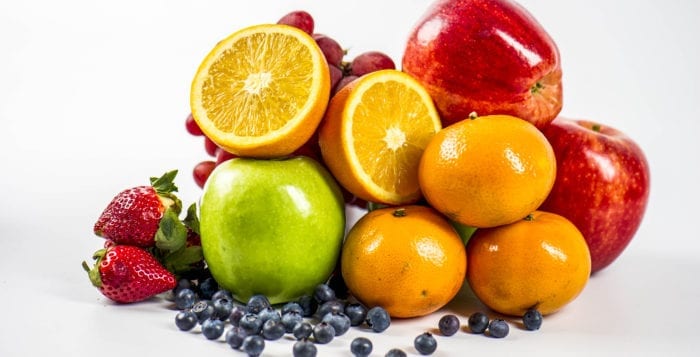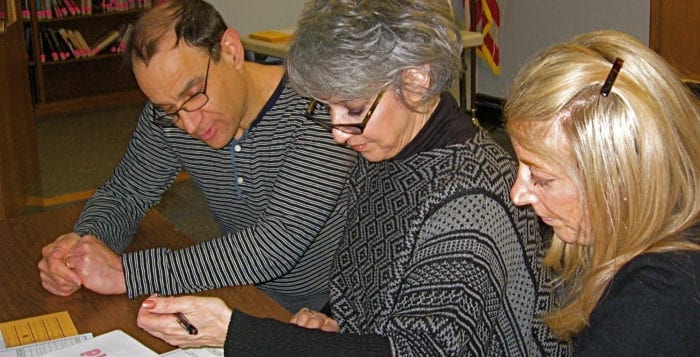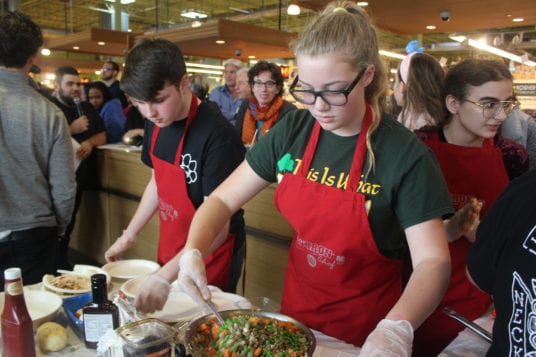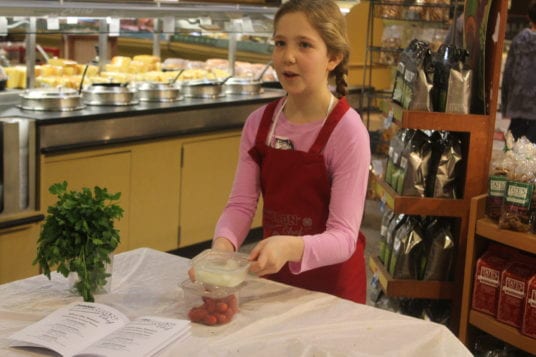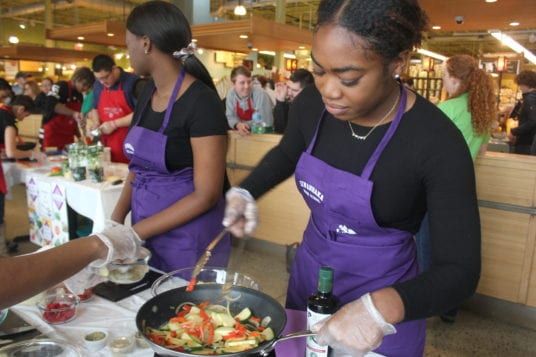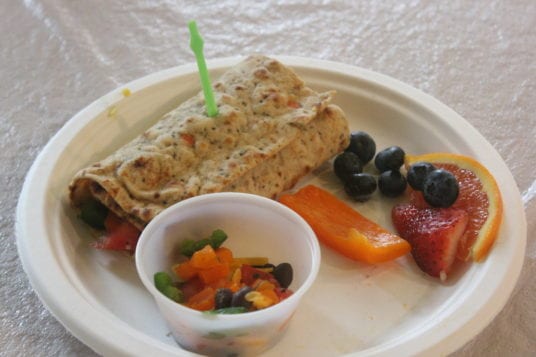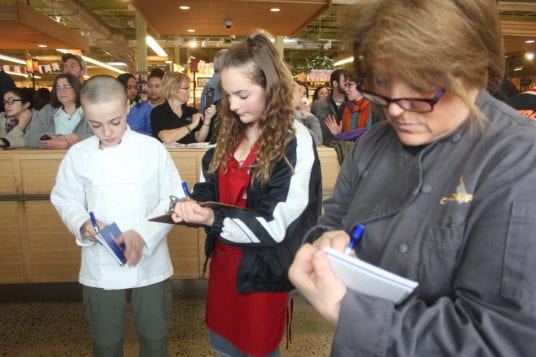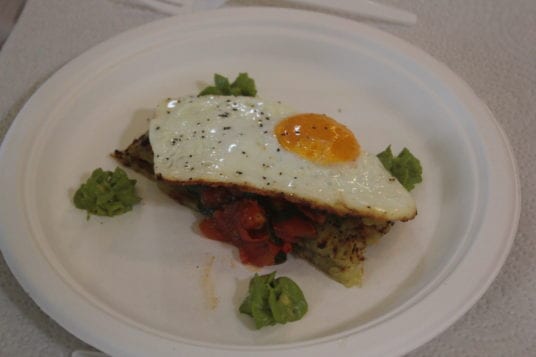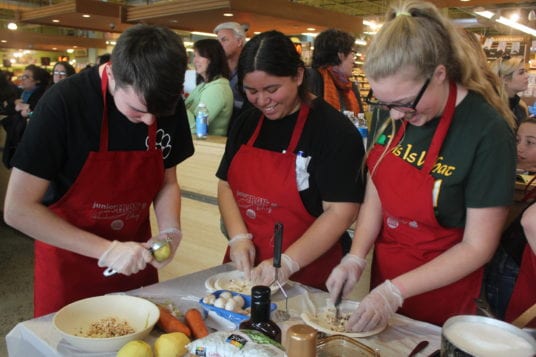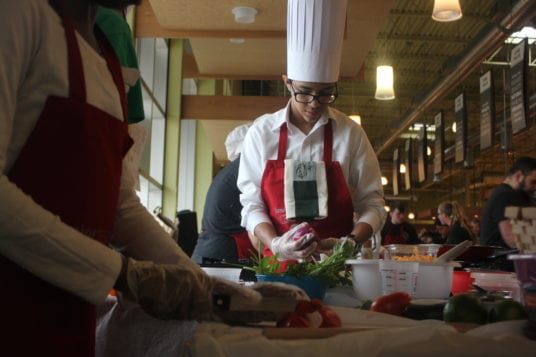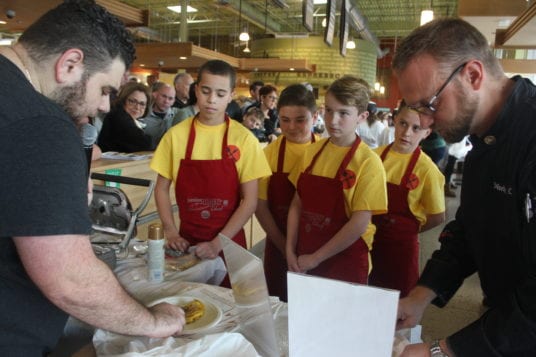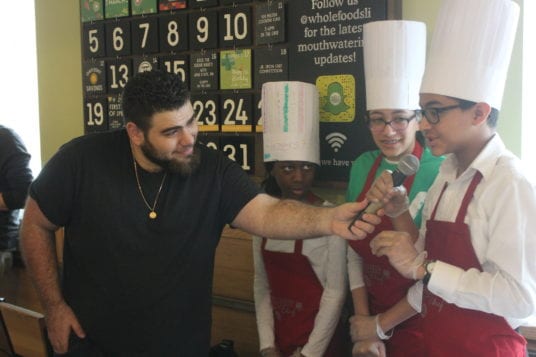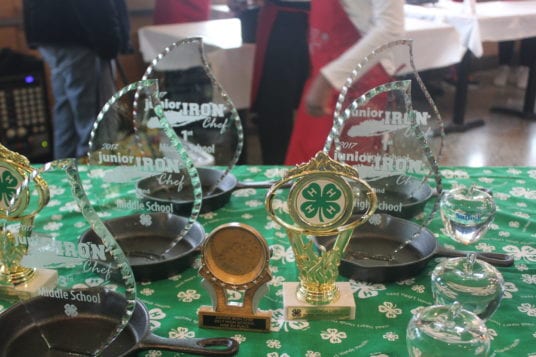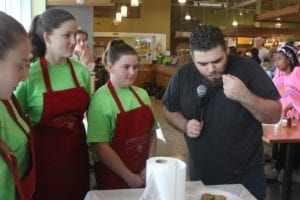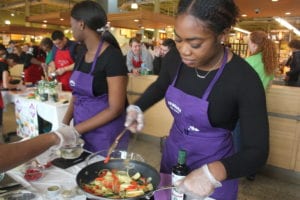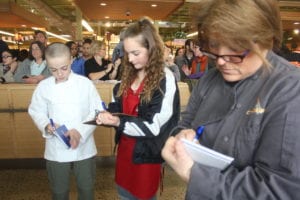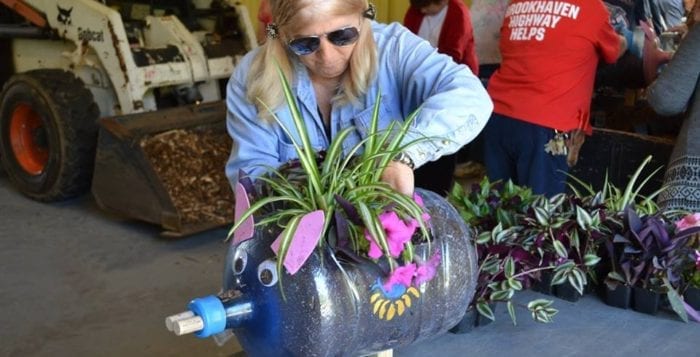How to defeat ISIS, save the economy and reunite the country
By Michael Tessler

Historically speaking, the United States economy tends to thrive in wartime. Americans become patriotic when faced with a great foreign menace. In times of crisis, we tend to buy American products. Our star-spangled workforce works harder and innovates quicker. Our domestic political disagreements seem smaller when we tackle something larger than ourselves. In these moments of dire necessity, we find common purpose. Under that pretense our nation was founded and through the centuries has propelled it to unparalleled success.
Thankfully, we do not need another world war to accomplish this spirit of unity. This may all feel impossible as the gap between our political factions has never felt wider. On every issue it seems partisanship dictates idleness and/or delinquency. So how do we bridge that gap? How do we break the ice? Well the answer is simple — by protecting it.
Climate change is the key to a new era of American greatness. Now, even if you don’t believe in climate change, hear me out. Before we can proceed, please remove the term “climate change” from your mind as some abstract scientific concept. Let’s personalize it, treat it in the same fashion we’d treat any great and terrible foreign power or dictator. It helps to imagine it with an evil little mustache. Envisioning it now? Good.
This Blue Scare (yes, as in excess water) threatens our homes, our livelihoods and our way of life. If we lose this literal “Cold” War, our cities and towns could be decimated not by atomic fire but by superstorms, erosion, dust bowls and flooding. Each day we wait, the Blue Menace grows stronger, melting glaciers and capturing our territory, inch by inch.
Let us form an iron curtain around the ozone layer, protect it from further damage and economically punish those who aide in its destruction. We must establish a great coalition of all civilized nations to combat this threat in an act of global unity, all the while strengthening and cementing our role as an international leader.
This Blue Menace has allied itself with our nation’s greatest physical enemy, ISIS. Their terrorist organization wants nothing more than for us to continue to ignore this mighty faceless foe. According to the United States Treasury and Dubai-based energy analysts, ISIS receives nearly $1 to $3 million a day selling oil. Meanwhile, the United States continues to be the global leader in daily oil consumption accounting for 20 percent of all global use each and every day.
By ending our addiction to oil, we could decimate the so-called Islamic Caliphate without dropping a single bomb. Without the money from that precious resource, they would be unable to remain an effective fighting force. Our nation would no longer have to maintain alliances with false friends, who have used their swaths of oil as leverage over our current state of dependence.
Meanwhile, we can commit that all investments in green energy jobs must be American. We can hire every single unemployed American to help build a modern and green infrastructure. We will see the greatest investment in public works since President Eisenhower built the interstate highway system. We will create a new generation of energy-producing highways (yes, that’s an actual thing), new energy fueling stations, bullet trains, green appliances and the vehicles of tomorrow.
Industry will boom and the workforce will grow as we upgrade and innovate many existing products and power plants. Regardless of how one views climate change, the economic possibility is real and should not be ignored.
One of the biggest concerns I’ve heard is how will communities that produce outdated energy sources be impacted? Though the merits of “clean coal” can be debated, it is simply not a renewable resource. Our economy cannot survive or remain competitive in the 21st century using finite resources.
We cannot and will not abandon those who live in coal and oil country either. We will continue to ensure that their communities thrive by transforming them into clean energy economic hubs, providing not just new jobs, but training and tax subsidies to aide in their transition. Their concerns are genuine and have a right to be heard.
As long as the United States can be fundamentally held hostage by oil, we are at-risk. We owe it to all those who have sacrificed, to our children, born and unborn, to the ideals of America itself, to create a country that relies solely on the ingenuity of its people rather than foreign pipelines and the fuel of a bygone century.
So let’s defeat ISIS, let’s grow the economy, let’s reunite our country, let’s do something bold — we have landed a man on the moon, and with that same American tenacity, we can harness the power of the sun.


